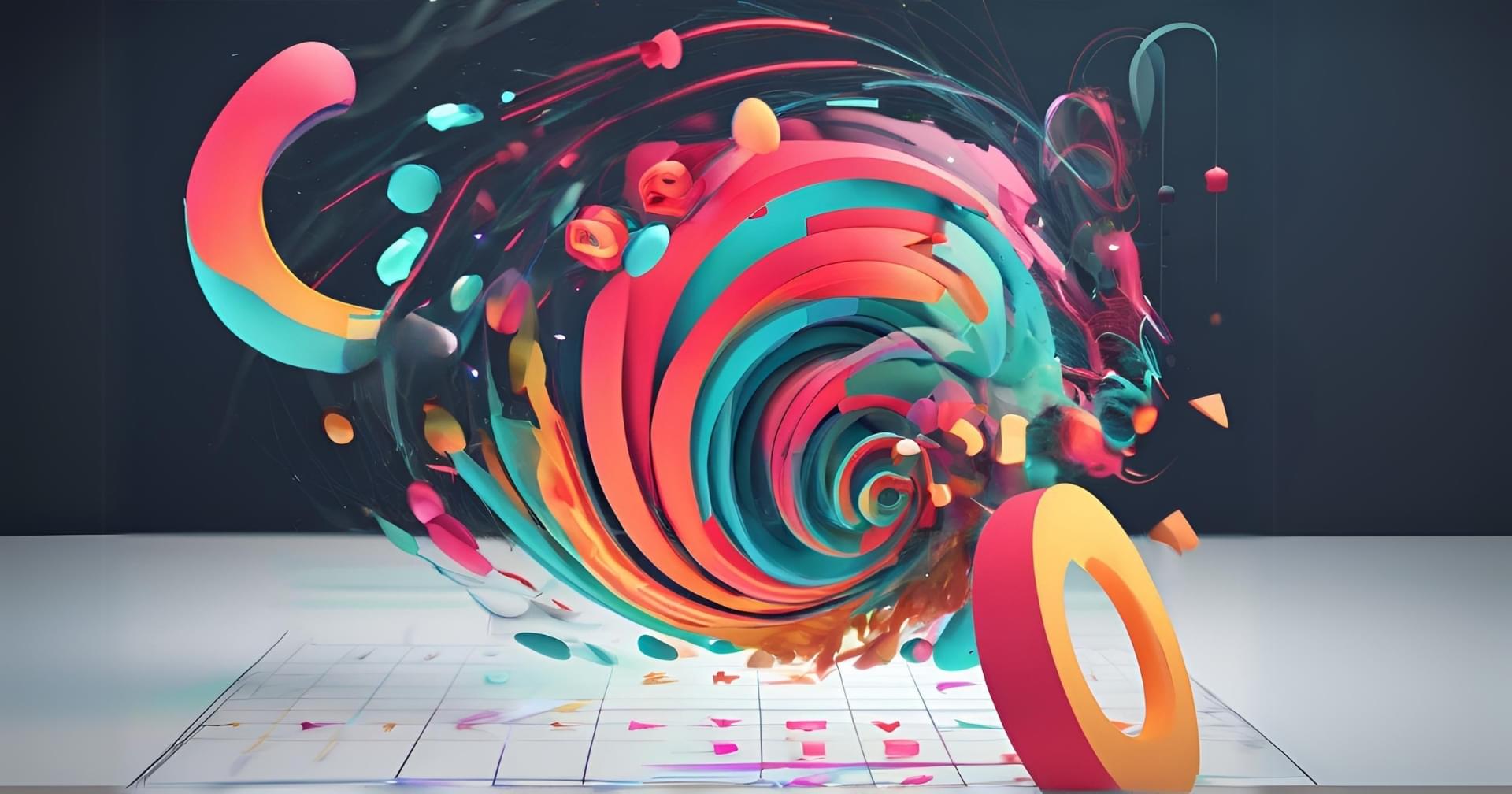
"AI is becoming a valuable tool in the creative industry, automating tedious tasks and optimizing workflows, allowing creatives to focus on broader, innovative ideas."
"However, concerns about job displacement and originality persist, as creatives find themselves evaluating AI-generated work instead of creating original content."
"In motion design, AI enhances efficiency through automation in generating assets and smoothing animations, helping artists focus on storytelling and creative innovation."
"Ultimately, AI serves as a creative assistant aiding designers in the process rather than a replacement, prompting a shift in the roles and responsibilities within the industry."
The rise of AI in the creative industry has sparked debate over its dual role as a catalyst for efficiency and a contender for job displacement. While it automates repetitive tasks and enhances workflows, allowing creatives to concentrate on conceptual and storytelling aspects, others worry about originality and the value of jobs in creative roles. In motion design, AI aids by streamlining processes like asset generation and rendering, positioning itself not as a replacement, but a supportive creative assistant, despite the ongoing concerns over job loss and diminishing creativity.
Read at Sitepoint
Unable to calculate read time
Collection
[
|
...
]